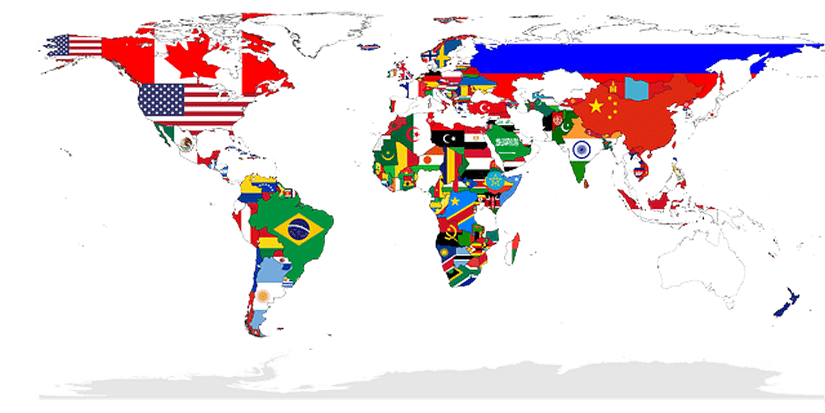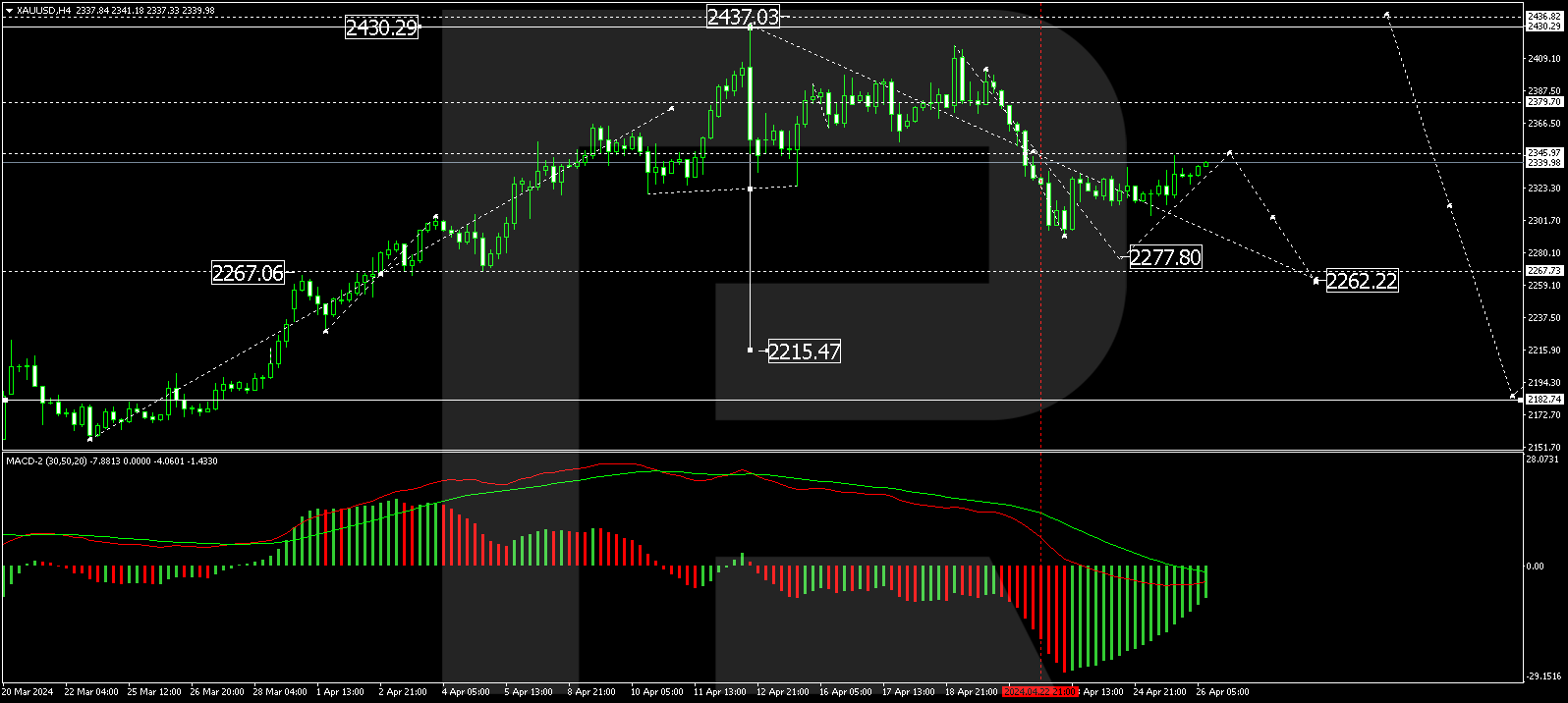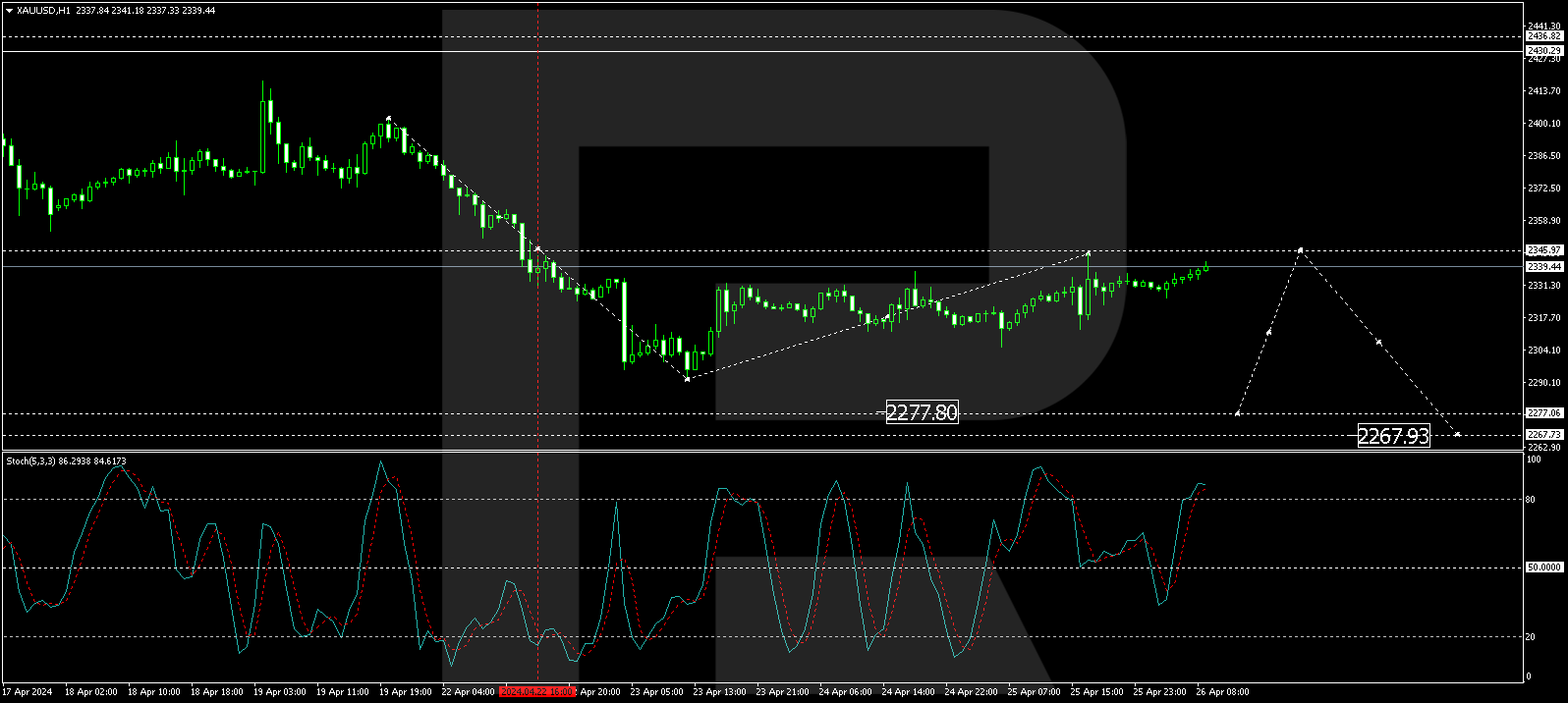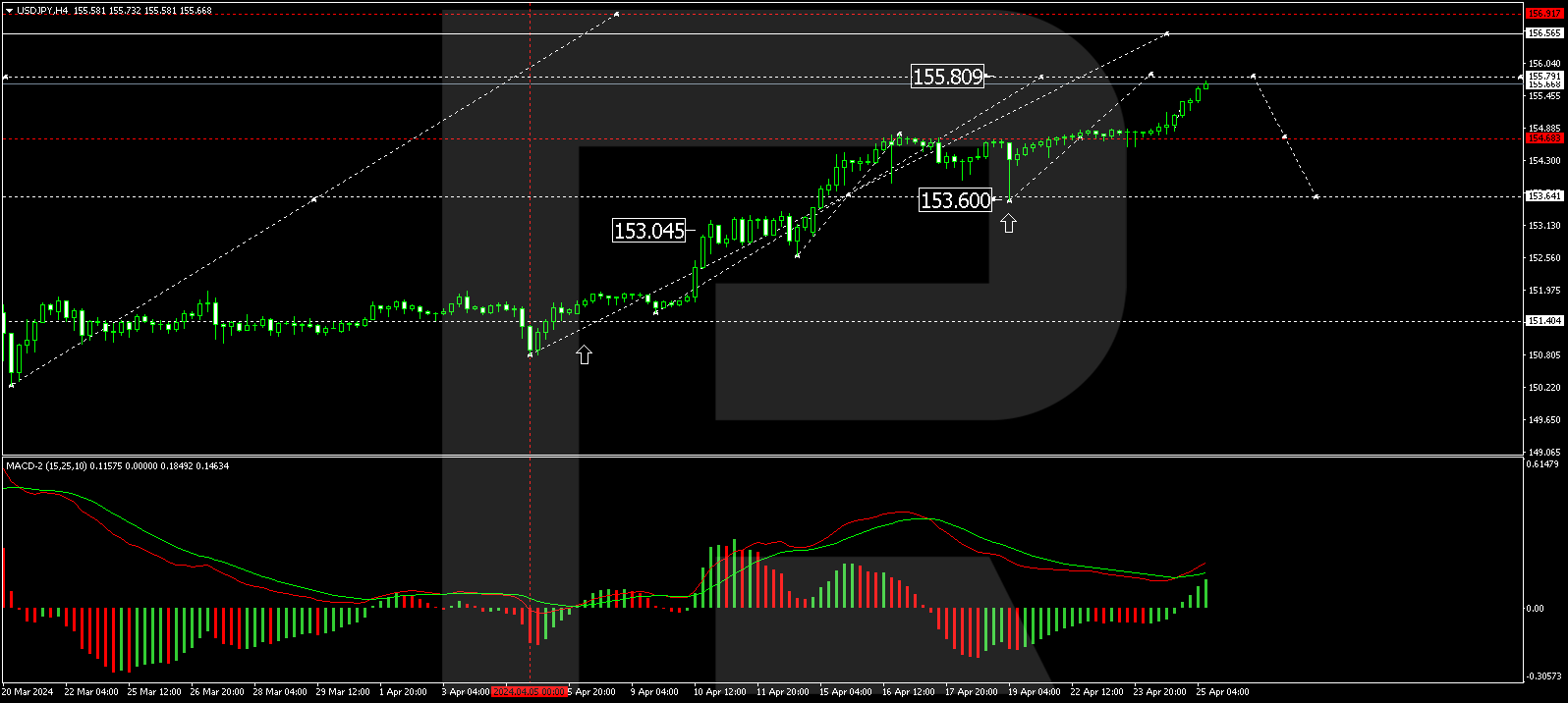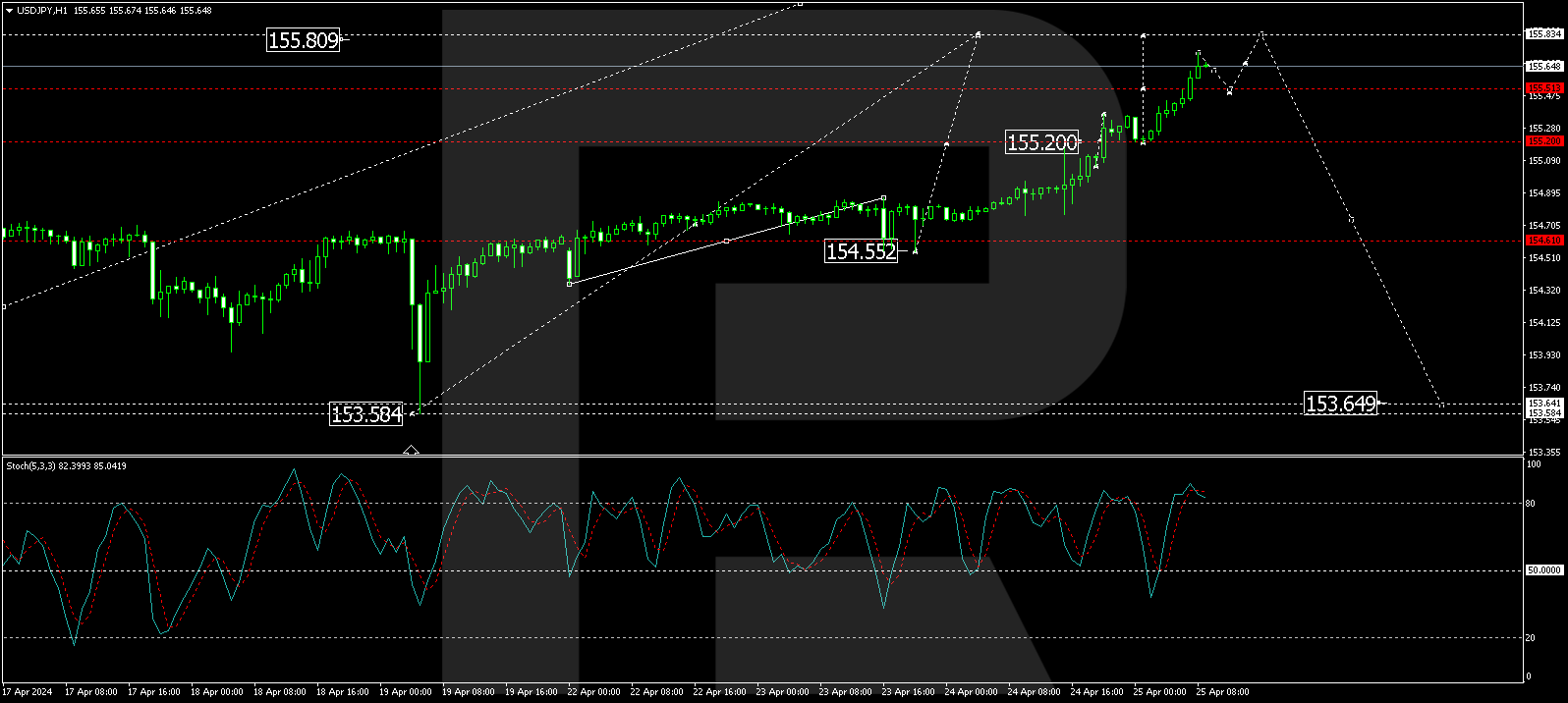By ForexTime
- US500 ↓ 4% month-to-date
- High impact events could rock index
- Fed decision, earnings & NFP in focus
- Key levels of interest at 5129, 5034 & 4970
- Major breakout on horizon?
If you thought the last few days were eventful, wait until you see the lineup for the week ahead!
A mashup up of high-impact data, corporate earnings, and the Fed rate decision will be in focus:
Saturday, 27th April
- CN50: China industrial profits
Monday, 29th April
- EU50: Eurozone economic & consumer confidence
- GER40: Germany CPI
- SG20: Singapore unemployment
- CN50: Chinese megabank earnings
Tuesday, 30th April
- AU200: Australia retail sales
- CN50: China Caixin manufacturing PMI, non-manufacturing PMI
- EU50: Eurozone CPI, GDP
- GER40: Germany GDP, unemployment
- JP225: Japan unemployment, industrial production, retail sales
- TWN: Taiwan GDP
- UK100: HSBC earnings
- US500: Amazon earnings
Wednesday, 1st May
- NZD: New Zealand unemployment, RBNZ financial stability report
- GBP: UK S&P Global Manufacturing PMI
- USD: US construction spending, ISM manufacturing
- US500: Fed rate decision
Thursday, 2nd May
- AUD: Australia building approvals, trade balance
- EUR: Eurozone S&P Global Manufacturing PMI
- GER40: Germany S&P Manufacturing PMI
- HK50: Hong Kong GDP
- TWN: Taiwan S&P Global Manufacturing PMI
- GBP: UK holds local elections
- USD: US factory orders, initial jobless claims
- JPY: BoJ March meeting minutes
- NAS100: Apple earnings
Friday, 3rd May
- EUR: Eurozone unemployment
- HK50: Hong Kong retail sales
- SG20: Singapore retail sales
- US500: US April jobs report, ISM services, Fed speech
Volatility could be the name of the game due to the scheduled releases and high-risk events.
The spotlight shines on the US500 which is down almost 4% month-to-date as of writing.

Note: US500 tracks the S&P 500 index – the benchmark used to measure the stock performance of the largest listed US companies.
Here are 4 reasons why the US500 could see more big moves:
1) Fed rate decisions
The Fed is widely expected to leave interest rates unchanged next week.
Despite the US economy growing less than expected in Q1, sticky inflation and hawkish comments by Fed officials have cooled Fed rate cut bets for 2024. Much attention will be directed towards the policy statement and Fed Chair Jerome Powell’s conference for fresh clues on the central bank’s next move.
Traders are currently pricing in only a 35% probability of a 25-basis point cut in July with this jumping to 75% by September.
Note: The incoming PCE report this afternoon could impact these odds.
Given how tech stocks account for roughly 29% of the S&P 500 weighting, the Fed decision could spark volatility.
Note: Tech stocks are influenced by interest rates because their value is based on earnings forecasted in the future.
2) Apple & Amazon earnings
Four of the so-called “Magnificent 7” tech titans have already reported their earnings, with the spotlight now on Amazon and Apple in the week ahead.
Big tech earnings have satisfied expectations so far with stellar results from Microsoft and Alphabet boosting risk sentiment. The bar has been set high with investors looking for solid earnings from the remaining tech giants to keep the market rally alive. Given how Apple and Amazon are in the top 5 weighting of the S&P 500:
- A set of positive earnings may push the index higher.
- Should earnings miss forecasts, this could send the index lower.
3) US April NFP report
Markets expect the US economy to have created 250,000 jobs in April, compared to the 303,000 in the previous month. The unemployment rate is forecast to remain unchanged at 3.8% while average earnings are forecast to stay at 0.3% MoM.
- A stronger-than-expected US jobs report could support the “higher for longer” narrative on rates, hitting the US500 as a result.
- However, evidence of a cooling US jobs market could boost bets around lower US rates, which could support the US500.
4) Technical forces
The US500 looks noisy on the daily charts thanks to fundamental forces but bulls seem to be in the vicinity. Prices are trading above the 100-day SMA but resistance can be found at the 50-day SMA.
- A strong breakout and daily close above the 50-day SMA could open a path towards 5200.
- Should prices slip back below 5035, this could open a path towards the 100-day and possibly 4910.

 Article by ForexTime
Article by ForexTime
ForexTime Ltd (FXTM) is an award winning international online forex broker regulated by CySEC 185/12 www.forextime.com

